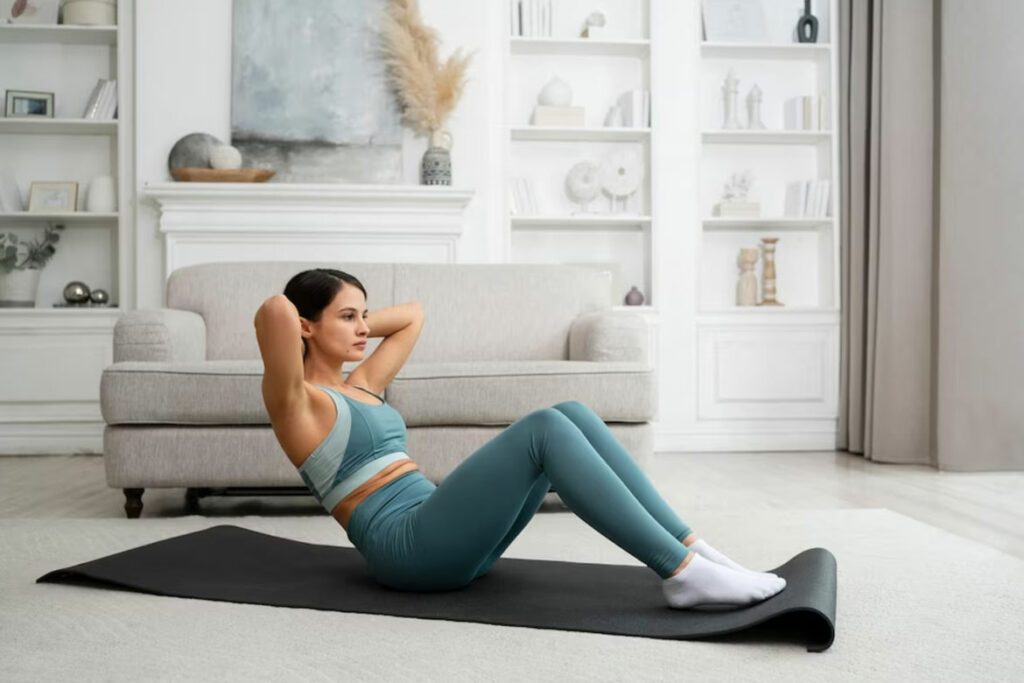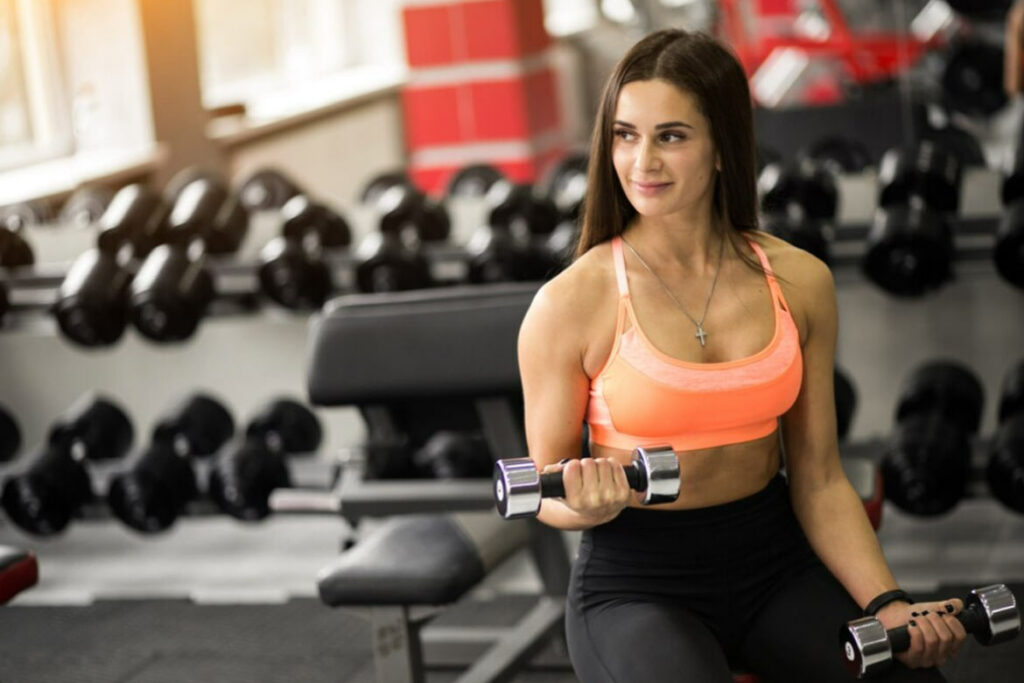If you have a period, you have most likely experienced some of the side effects. Cramps, fatigue, and emotional distress can disrupt your life and make one week of the month feel especially daunting.
Although we commonly refer to our periods as the days when we shed blood, the menstrual cycle refers to the entire process that lasts 28-29 days, counting from the first day of one period to the first day of the next. This time frame varies from person to person and may be influenced by various methods of birth control.
There is no medical reason to avoid working out during menstruation or any other phase of your cycle; in fact, exercise may help relieve some common symptoms such as cramps. However, hormonal changes within the body may make it easier to do certain types of exercise at different times of the month. Hormones can definitely influence training because they affect our sleep, appetite, stress, and energy in general.
Menstruation, the follicular phase, ovulation, and the luteal phase are the four major phases that occur during the menstrual cycle. Because hormone levels differ in each phase, it may be beneficial to modify your exercise routine accordingly. Working out has an effect on hormone balance, and adding intention to your workouts can help you lean into the phase your body is currently in.
Exercise during Menstruation

Read more: 8 Things That Trigger Gout Flares Or Attack
When you have your period, you are in the phase of the menstrual cycle when you are shedding the lining of your uterus. This can last anywhere from three days to a week. Although this is the most commonly portrayed negative phase of the cycle, studies have shown that exercising during menstruation can lead to less painful periods.
It can be difficult to stick to an exercise routine during this phase because your progesterone and oestrogen levels are at their lowest, resulting in a lack of energy and motivation. You may not feel up to fast-paced, cardio activities or workouts that rely on lifting heavy weights during this phase because your stamina and endurance levels have decreased.
This does not preclude you from making the most of your workout. Consider low-intensity cardio, yoga, Pilates, light-weight sculpting, swimming, or a leisurely bike ride. Walking for your period can also be beneficial.
Workout during the Follicular Phase

In the beginning, the follicular phase coincides with menstruation because it begins on the same day as your period. It does, however, continue past the bleeding stage until ovulation. Multiple hormones, including follicle stimulating hormone, gonadotropin-releasing hormone, and luteinizing hormone, are stimulated during this phase.
Most importantly for physical activity, during the follicular phase, your period ends and hormones stimulate the ovary to produce follicles, causing oestrogen levels to rise and, as a result, energy levels to rise as well.
You can increase your intensity during the follicular phase of your cycle. The follicular phase may be the best time for you to tackle high intensity exercise like HIIT, strength training with heavier weights, and cardio activities like running, dancing, and boxing due to the infusion of oestrogen and energy.
Exercise While Ovulating
The ovulation phase lasts approximately three to five days in the middle of your cycle. Ovulation is the release of a mature egg from the ovary’s surface, which is caused by high levels of luteinizing hormone. The egg travels from the ovary through the fallopian tube to the uterus, where it disintegrates if not fertilised within 24 hours.
Because you’ll still be experiencing elevated levels of oestrogen during ovulation, your energy and endurance levels are likely to be similar to those of the follicular phase, and you can continue to participate in high-intensity activities like kickboxing, running, and rowing.
If you have painful bloating or ovulation during this phase, you should modify your exercise routine.
Training During the Luteal Phase

The luteal phase lasts about two weeks and is the longest stage of the menstrual cycle. During this stage, the follicle that released the egg from your ovary transforms into a structure known as the corpus luteum, which releases progesterone as well as small amounts of oestrogen to keep the uterine lining thickened.
You may still feel close to peak energy levels during the first half of this phase, but this will begin to decline in the latter half. Some people may feel fatigued as their progesterone levels rise.
During the luteal phase, it is generally recommended that you reduce your training and focus on adequate recovery.
According to research, the increase in body temperature during this phase may have an effect on exercise. Neither study excludes cardio exercise or running during the luteal phase, but it may be more difficult than during the follicular or ovulation phases. . Instead of pushing yourself too hard, a lower impact exercise routine like yoga or swimming may be more comfortable and beneficial to your body.
Takeaway:
At the end of the day, if you feel strong enough to complete a difficult workout but a cycle tracking app tells you to be gentler, don’t give up. If cycle tracking is important to you, prioritise recovery over everything else. You can work out all you want, but if you don’t recover properly, your efforts will be futile.
Finally, tracking your cycle has the potential to help you become more in tune with your body, which can help you make better workout decisions. You may discover that your hormone levels cause you to feel more energetic than usual during one phase and more lethargic than usual during another, and you can adjust your exercise regimen accordingly.
